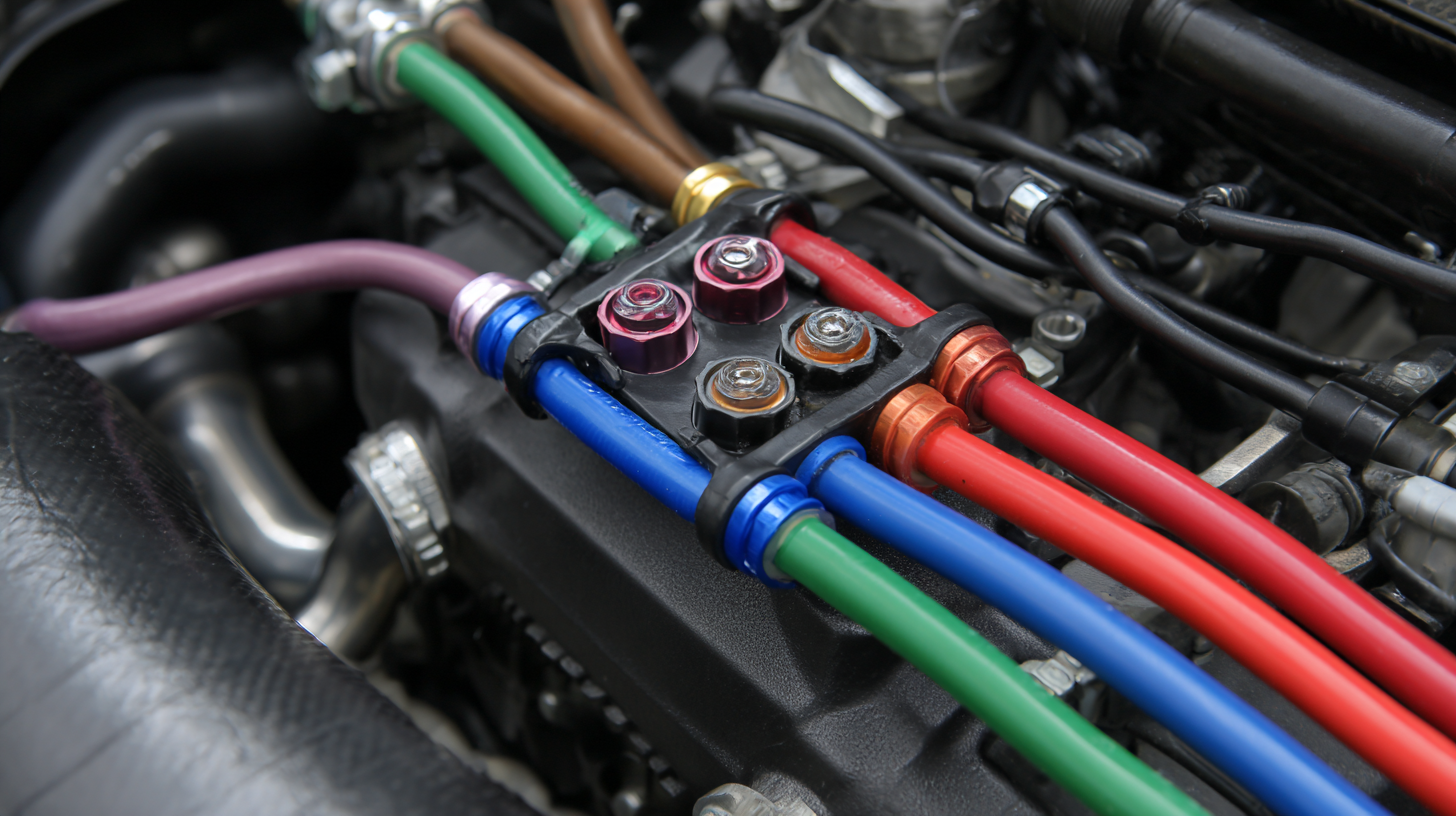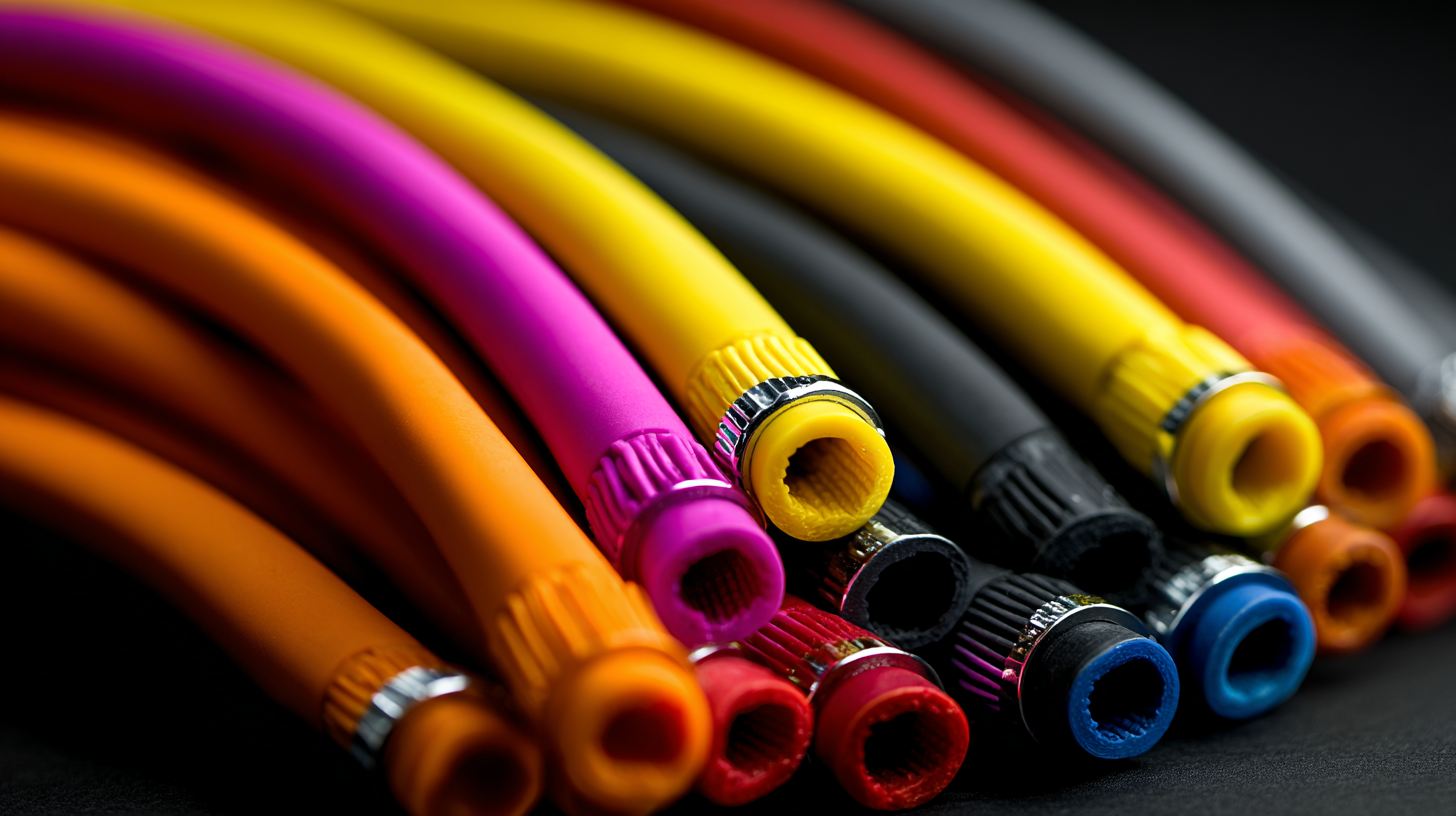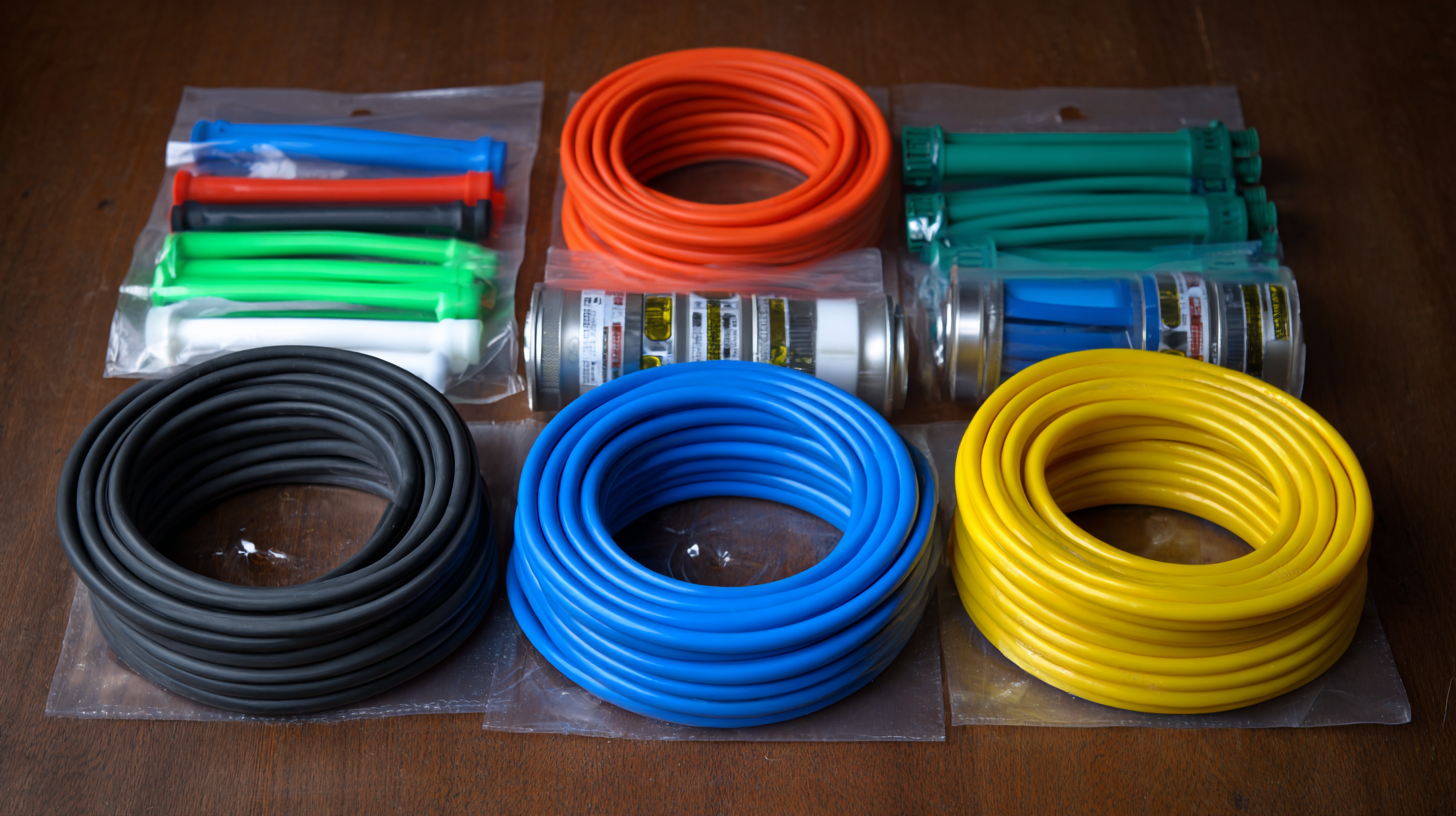When it comes to enhancing performance in automotive or industrial applications, the choice of materials can make a significant difference. One key component that has gained popularity among engineers and DIY enthusiasts alike is the Silicone Hose Kit. According to a recent market analysis by ResearchAndMarkets, the global silicone hose market is projected to grow at a compound annual growth rate (CAGR) of 5.7% from 2021 to 2026, driven by the increasing demand for high-performance hose solutions in a variety of applications. Silicone hose kits are known for their durability, heat resistance, and flexibility, making them ideal for demanding environments. However, with a myriad of options available on the market, selecting the right Silicone Hose Kit for your specific project can be daunting. This guide aims to provide insights and key considerations to help you make an informed decision that aligns with your project's unique requirements.

When choosing a silicone hose kit for your project, understanding the different types available is crucial. Silicone hoses are known for their flexibility, temperature resistance, and durability, making them suitable for various applications, from automotive to gardening. For instance, you might encounter options specifically designed for high-pressure applications or those tailored for vacuum purposes. It's essential to consider the inner diameter, wall thickness, and overall length of the hoses, as these factors significantly affect performance based on your specific needs.

Additionally, it's important to compare the materials used in the construction of the silicone hoses. Certain formulations can withstand extreme temperatures, enhancing their usability in fluctuating environments. Just as we evaluate different garden hoses for their ease of use and durability, silicone hoses should also be assessed on how well they maintain performance under pressure and their resistance to aging. This way, you ensure that your selected hose kit not only fits your project's requirements but also offers lasting reliability and efficiency.
When selecting a silicone hose kit for your project, several key factors come into play to ensure you make the right choice. One of the most important considerations is the temperature and pressure rating of the hoses. It's crucial to choose a kit that can withstand the specific conditions of your application, as using hoses that aren't rated for the required temperature or pressure can lead to premature failure.
Additionally, compatibility with the fluids being transported is essential. Different silicone materials have varying levels of resistance to chemicals, so check the specifications to ensure the hoses will perform well with the substances they will encounter.
**Tip:** Always opt for silicone hoses that meet or exceed the specifications for your project requirements.
Another critical factor is the size and fit of the hoses. Accurate measurements are necessary to ensure proper installation and functionality, as improperly sized hoses can cause leaks or blockages.
**Tip:** Use a caliper to measure diameter and connectors accurately, ensuring a perfect fit within your system.
Taking these factors into account will help guide you in choosing a silicone hose kit that meets the needs of your project effectively.
| Factor | Description | Importance Level |
|---|---|---|
| Material Quality | Choose high-grade silicone for better durability and heat resistance. | High |
| Temperature Rating | Ensure the hose can withstand the temperatures specific to your application. | High |
| Size and Fit | Check the diameter and length to ensure compatibility with your system. | High |
| Pressure Rating | Confirm the hose can handle the pressure of your application. | Medium |
| Flexibility | Assess the degree of flexibility required for your installation. | Medium |
| Color and Aesthetic | Select colors that match your project's visual requirements. | Low |
| Cost | Evaluate if the price fits your budget while meeting quality needs. | Medium |
When selecting a silicone hose kit for your project, it's crucial to focus on compatibility. This includes not only the physical dimensions but also the material properties of the silicone hoses in relation to the specific requirements of your application. Factors such as temperature resistance, chemical exposure, and pressure ratings play a significant role. According to a recent industry study, improper matching of silicone materials to operational conditions can lead to failures that may affect overall performance and safety.
To ensure optimal compatibility, perform a thorough evaluation of your project conditions. For example, if your project involves exposure to varying temperatures, it's advisable to choose silicone hoses rated for higher thermal resistance. Similarly, understanding the bubble points of filters can help predict how silicone will perform under specific process conditions. Keep in mind that ensuring the correct fit is not just about size; it is also about how the selected material interacts with the intended environment.
**Tips:** Always consult with manufacturers’ data sheets for detailed information regarding temperature and pressure ratings. When in doubt, seek expert advice to avoid common pitfalls that could compromise your project’s integrity. Additionally, conduct preliminary testing to observe how your chosen silicone hose performs in real-world conditions before full-scale deployment.
When selecting a silicone hose kit for your project, assessing quality is paramount. A standout silicone hose kit typically features high-grade silicone material that can withstand extreme temperatures and pressures. According to a report by the Global Silicone Market, silicone hoses can operate effectively in temperatures ranging from -60°C to +200°C, depending on the formulation. This versatility ensures they remain flexible and resilient in various applications, from automotive to industrial uses.
One key tip when evaluating silicone hose kits is to check for multiple layers of reinforcement. Multi-ply silicone hoses provide superior strength and resistance to wear and tear, making them ideal for high-performance scenarios. Reports suggest that hoses with at least three layers of reinforcement can handle pressure fluctuations far better than single-layered counterparts.
Additionally, consider the fitting compatibility of the kit. High-quality silicone hose kits come with universal fittings or customizable options to ensure a snug fit. Look for kits that boast a seamless design, as this greatly reduces the risk of leaks. As highlighted in the Hose and Coupling Manufacturers Association, the durability of hose fittings can significantly impact the overall lifetime of your project. Selecting a well-constructed silicone hose kit will enhance performance and reliability, making it a worthwhile investment.
When selecting a silicone hose kit for your project, the balance between cost and performance is crucial. High-quality silicone hoses often come with a higher price tag, but their durability and temperature resistance can significantly enhance the longevity and efficiency of your system. Investing in a premium kit can save you money in the long run, as they tend to withstand wear and tear better than cheaper alternatives, reducing the frequency of replacements and maintenance.
However, it’s essential to evaluate your specific needs to find the best value. For simpler applications, a mid-range silicone hose kit may deliver satisfactory performance without straining your budget. On the other hand, for high-performance engines or complex setups that demand maximum efficiency, opting for a top-tier product becomes essential. It’s wise to analyze factors such as the temperature range, pressure ratings, and compatibility with your fluid types, ensuring your choice aligns with both performance requirements and budget constraints. This careful assessment will lead you to a silicone hose kit that effectively meets your project's demands while providing great value.

